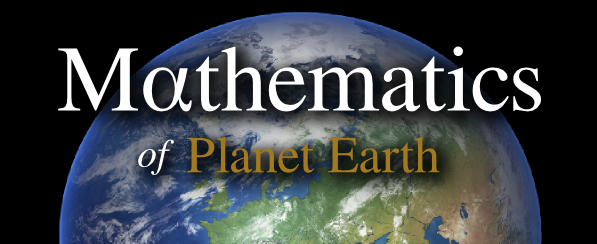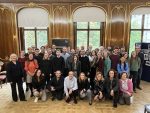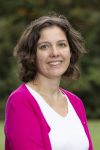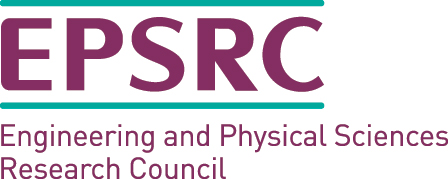Earlier this month (9th – 17th July, 2019), Elena Saggioro and I were in Montréal for the General Assembly of the IUGG, a quadrennial gathering of nearly 4000 geoscientists from all over the world sharing their latest scientific advances.

Picture: At the conference centre
The IUGG, which celebrates its centenary this year, is an international organisation ‘dedicated to advancing, promoting, and communicating knowledge of the Earth system, its space environment, and the dynamical processes causing change’ (from the Mission Statement on its website). The IUGG consists of eight constituent associations, among which the International Association of Meteorology and Atmospheric Sciences (IAMAS) and the International Association for the Physical Sciences of the Oceans (IAPSO) are of the most relevance to the MPECDT. Other fields under the IUGG umbrella include hydrology, cryospheric sciences, seismology, volcanology, geodesy and geomagnetism.
In the General Assembly I presented a poster on my own PhD research, revisiting and proposing a new argument for the finite-time barrier of weather predictability. The poster turned out to be popular, with a good number of scientists visiting and discussing in depth. It is great to know these people, especially those who work in the relatively small field of predictability. Earlier that day, Elena gave an interesting talk on studying southern-hemisphere stratosphere-troposphere coupling using casual network. A member in the audience came to her after the talk for a follow-up chat which lasted for hours! In addition, our supervisor Ted Shepherd gave a solicited talk advocating his storylines approach to the construction of regional climate-change information.

Picture: Elena Saggioro’s oral presentation

Picture: I with my poster
For the variety of subjects covered, the General Assembly was also an excellent opportunity for us to interact with geoscientists of other fields and to get an idea of their research. I did this primarily through the poster sessions, as there’s already so much going on in the oral-presentation sessions of the IAMAS symposia (just a matter of fact: the IAMAS, at 21%, was by far the association with the most attendees), and because it’s easier for a beginner to learn through interacting with a poster presenter than listening to short talks that usually presume some background knowledge in the field. The outcome of visiting posters in such an international conference could be somewhat unexpected. This time, I gave a little more focus on posters from remote parts of the world and learnt how research is being done in these places. To give an example, I saw how hydrologists in French Polynesia use analogue techniques to forecast rainfall and flood on the island of Tahiti which has a complex geography of drainage basins (poster by Lydie Sichoix, University of French Polynesia). This is a very challenging problem, and I think their commitment to protecting the public’s safety during floods is clear, yet there’s only so much they can do as they don’t have the money to buy even a single RADAR instrument for nowcasting. The situation in underprivileged places like this definitely deserves more attention.
Aside from the scientific programme, Elena and I spent some time as a tourist in Montréal. We are delighted to learn how committed Montréal is to sustainability and climate-change adaptation. The Biosphère Museum of the Environment nicely outlines the resilient city’s master plan 50 years ahead: new space reserved for nature in the city centre, green alleyways throughout the city, and harvesting storm and rain water are just a few examples in their long-term plan.

Picture: The Biosphère Museum
Montréal is also rich of history, culture and diversity. Churches and museums are everywhere. There were also a multi-cultural festival and a series of fireworks depicting different national themes during our stay, and we went to some of them. Situated along St Lawrence’s River, the city is also home to a range of water sports, including white-water rafting which was a fun experience. Before coming home, Elena and I went up to Mount Royal for an exhilarating view of Montréal, a city that we enjoyed much!

Picture: A panoramic view from the Mount Royal Lookout
Reported by Tsz Yan Leung (Adrian)






